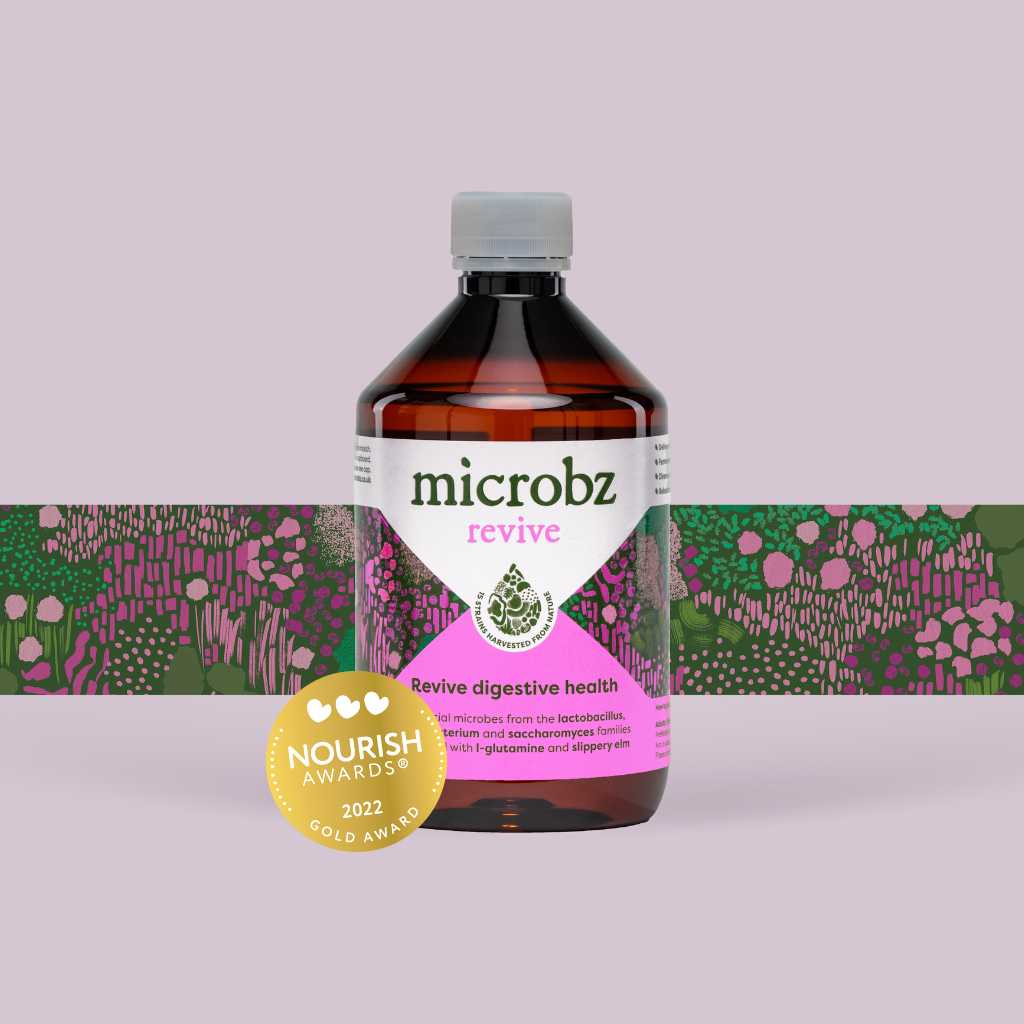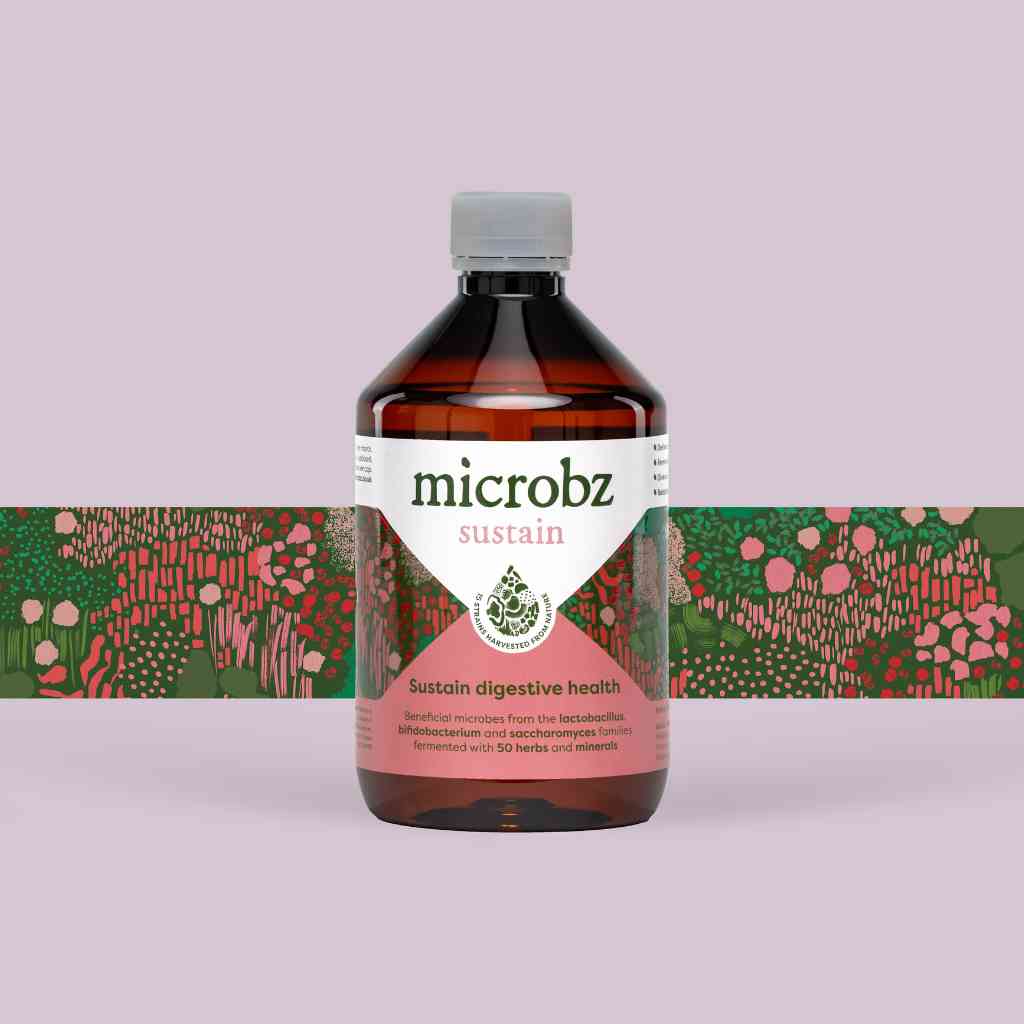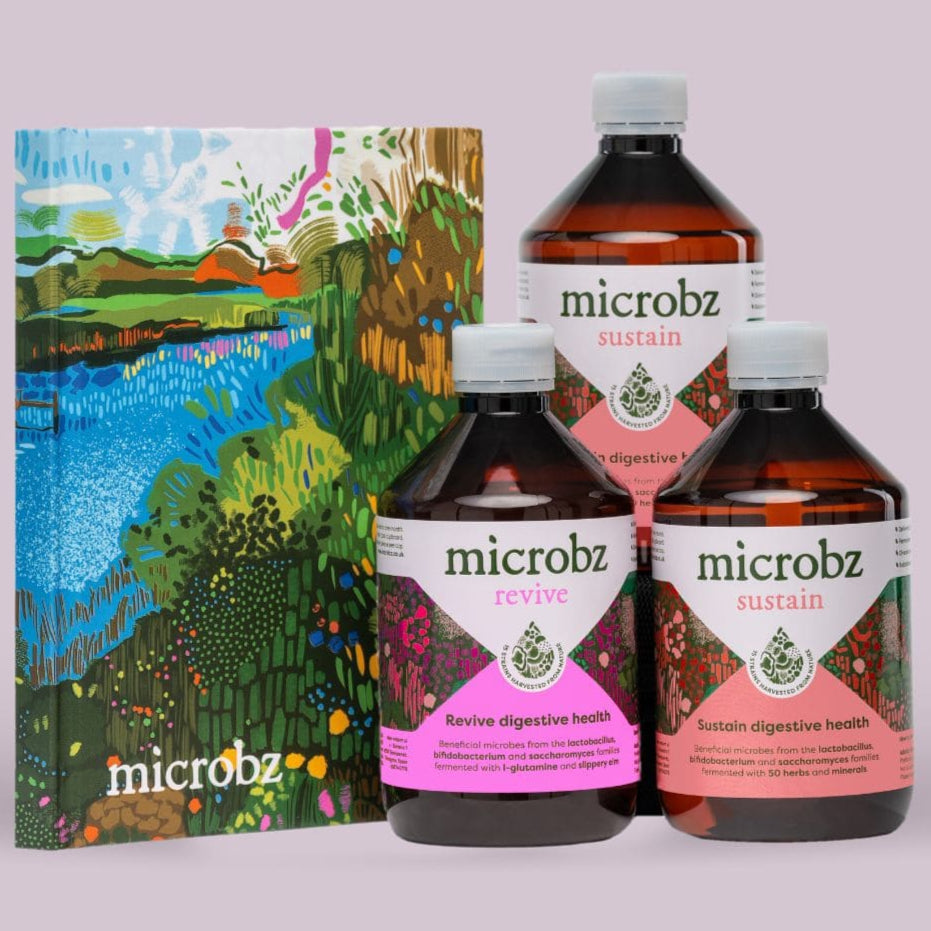Lactobacillus bulgaricus

Which probiotic is it in? All
Species: Lactobacillus bulgaricus is a Gram-positive, facultatively anaerobic (which means it can survive in the presence of or absence of oxygen), non-motile and non-spore-forming rod shaped lactic acid bacteria.
Location in the body: The gastrointestinal tract
This microbe produces: Lactic acid bacterium and Tryptophan, an essential amino acid that serves several important purposes, like nitrogen balance in adults and growth in infants.
History of Lactobacillus bulgaricus
Thracians who inhabited today’s Bulgaria 8,000 years ago utilized the lactic acid bacteria in the process of fermenting milk and this bacteria was named after Bulgaria. It was re-discovered in 1905 by Bulgarian Dr Stamen Grigorov. In 2012 it was declared India’s national microbe.
Found in:
Goat dairy products, kefir, seaweed, and miso soup.
What does this microbe do?
It has had significant results in the GHQ (General Health Questionnaire) especially on the DASS (Depression and Anxiety Stress Scale). It is known to reduce emotional reactivity to negative stimulus and is effective in alleviating gastrointestinal, immunological and infectious diseases through stabilizing gut microbiota and improving the intestinal environment. It is also known for boosting the immune system.
Indications
E.Coli, Salmonella, protective against genetically predisposed social anxiety symptoms and anti-aging.
Quantity
Best before food. Adult: 15ml daily. Children: 5-15ml daily




